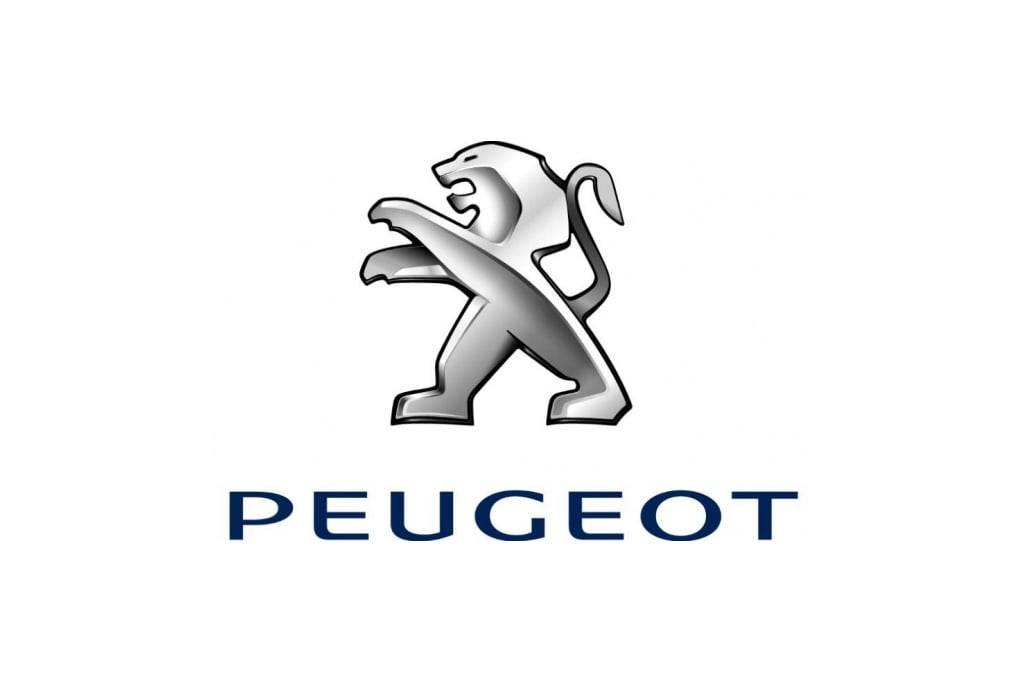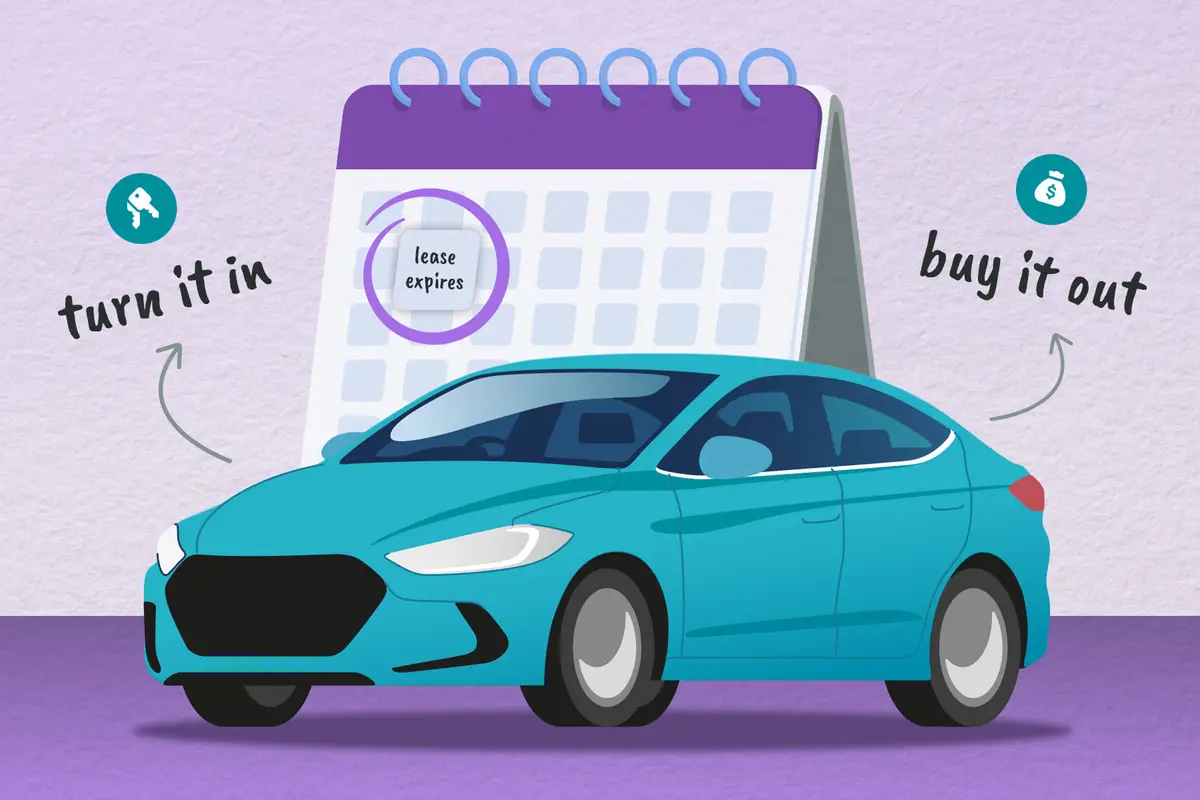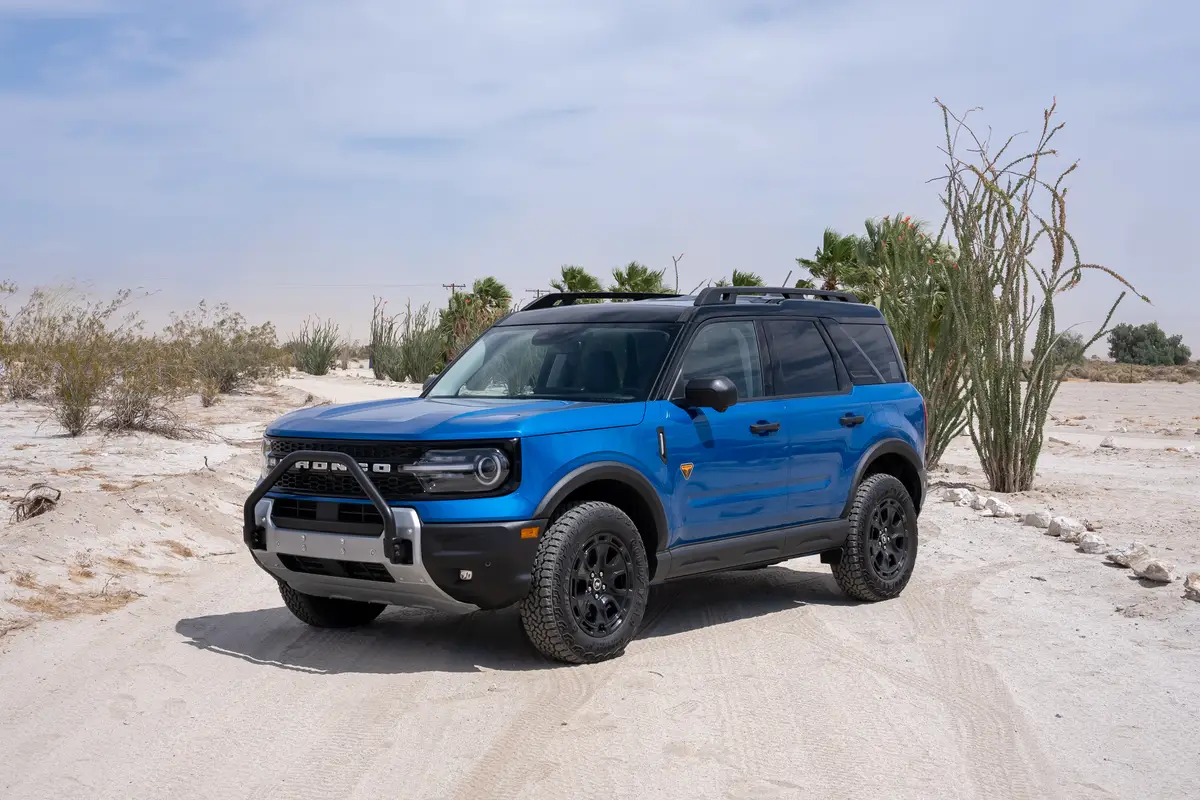Peugeot Returns to U.S. Via Ride-Sharing

CARS.COM — PSA Group, the parent company of the Peugeot and Citroen brands, is taking its first steps toward returning to the U.S. auto market. The initial move in the French company’s long-term planning doesn’t involve selling cars, however.
Related: Uber Looks to Make Self-Driving Cars Smarter
Instead, PSA will be collaborating with TravelCar, a ride-sharing service based in Europe that uses a peer-to-peer network of vehicles for its fleet. Members are given free or heavily discounted parking at airports and rail stations. In return, their personal car can be rented by other TravelCar members while they’re away. The benefit for the renter is a usage fee that’s lower than a traditional rental car. Meanwhile, the member whose car is being used gets a cut of the profit.
According to Automotive News (subscription required), PSA intends to use this mobility solution as a means to reintroduce itself to American car buyers. Peugeot has been absent from the U.S. for more than two decades, while Citroen’s absence stretches back even further.
Why Should I Care? PSA Group is betting that early adopters, like the kind of people willing to join a new car-sharing network, are the company’s target audience. After all, brands like Peugeot and Citroen carry little to no name recognition for a generation or two of U.S. car buyers. The TravelCar partnership allows PSA a chance to relearn the American car market, while also providing a test bed to introduce its own vehicles into the service.
When might that happen? For now, it remains unclear. PSA is taking a cautious approach and doesn’t appear in a hurry to start investing in brick-and-mortar dealerships filled with shiny new French cars and trucks. Sorry to all automotive Francophiles here in the States, but your wait for a 21st-century Citroen DS is going to stretch a little longer — PSA Group has said it is sticking to a 10-year timetable (i.e., 2026) to fully re-enter the U.S.
For those interested in getting acquainted with TravelCar, your wait is going to be substantially less. The ride-sharing service begins operating in April, though initially only at airports in Los Angeles and San Francisco.
Tesla Model 3 to Roll Off Assembly Lines This Summer
Tesla has confirmed limited production of the Model 3 sedan will begin in July. That should come as a huge relief to the more than 400,000 customers who’ve already signed the waiting list for Tesla’s upcoming electric-powered mid-size sedan. With a starting price of $35,000, the Model 3 is a critical car for Tesla’s viability as an automaker, not to mention its role in promoting alternative means of power and mobility.
Tesla hopes to manufacture roughly 5,000 Model 3s a week by the end of 2017. That weekly figure will double in 2018, though Tesla has not specified any timeframe for when it plans on boosting production.
Why Should I Care? Tesla is trying hard not to repeat past mistakes, particularly the lengthy delays that plagued the first Model S sedan and Model X crossover. Those two pricey EVs cater to a well-heeled clientele, one more willing (and able) to wait months, or even years, for a new car. On the other hand, the Model 3 is targeted directly at the mass market, the type of car buyer who doesn’t have a fleet of supercars to sub for a Tesla order that’s gone MIA.
That waiting list of 400,000 potential buyers only increases the pressure on Tesla to get the Model 3 spot-on right from the moment it goes into production.
Hence, the company’s caginess when it comes to pegging production targets. That “limited production” promise for July sounds like a first run of guinea pig models to make sure quality, performance and reliability aren’t issues. Still, Tesla can’t afford to have a slow trickle of Model 3 sedans leaving the factory for too long, otherwise customers might jump ship from the lengthy waiting list.
Honda Clarity EV has Only 80 Miles of Range
The Honda Clarity Electric is larger than the average electric vehicle, though it’s also going to be less long-legged than many rivals. Honda has confirmed the range for the full-electric version of the Clarity sedan is only going to be 80 miles. That’s roughly one-third of the 2017 Chevrolet Bolt EV hatchback’s operating range of 238 miles. Granted, the Bolt EV is much smaller than the Clarity, though the Honda’s lack of range could make it a tough sell.
And let’s not forget the impending arrival of the Tesla Model 3. Both the Honda and Tesla have prices starting right around $35,000.
Why Should I Care? Honda is offering the Clarity with three choices of powertrains, from a plug-in hybrid to a full-electric variant as well as a hydrogen-powered model. That’s fine, except the range of this car leaves us flatter than a Clarity Electric battery pack some 81 miles down the road. According to Automotive News, Honda wanted to keep the Clarity highly affordable, so that meant using a less potent and cheaper powertrain.
We still think this is a missed opportunity, especially given Honda’s reputation for smart engineering. About the only EV that doesn’t beat the Clarity Electric’s total range is the egg-shaped Mitsubishi i-MiEV, a bizarre little car that runs out of juice after only 60 miles. That’s not a comparison Honda engineers, much less Honda customers, will relish in an increasingly competitive EV market.
Featured stories




